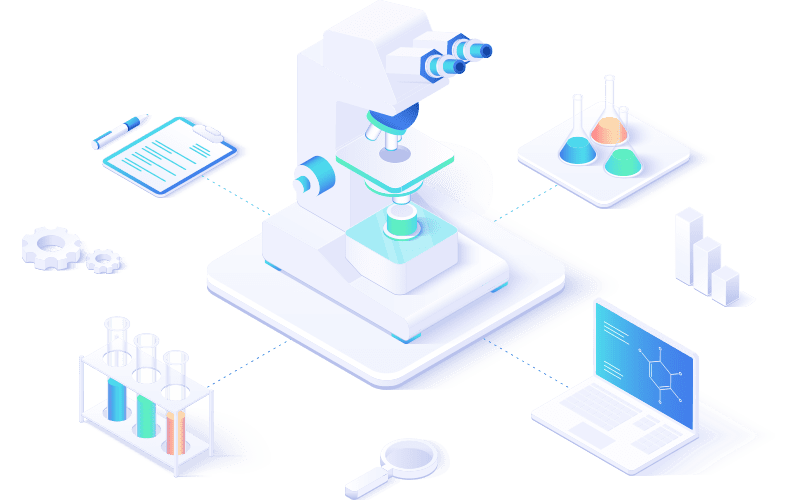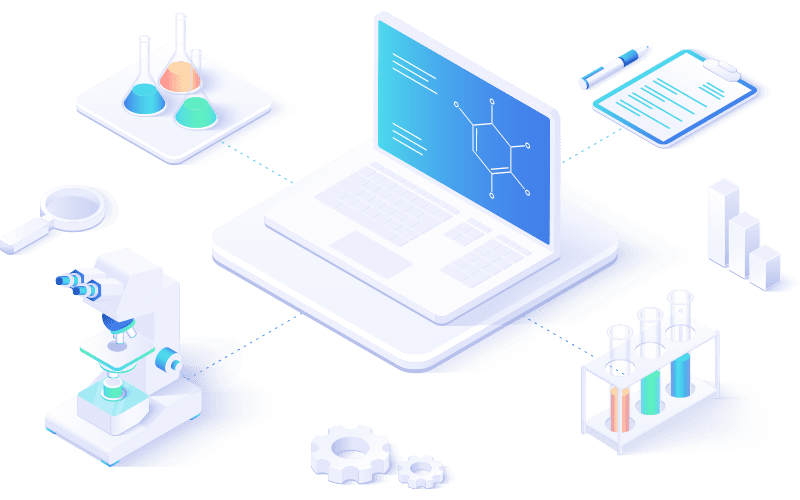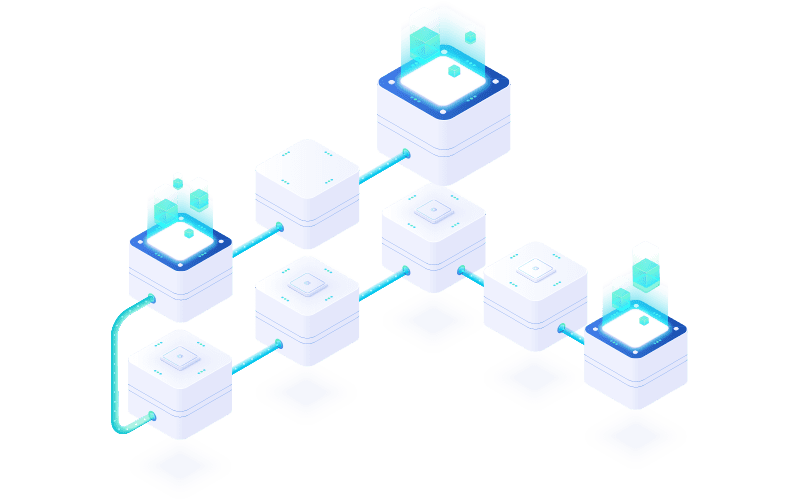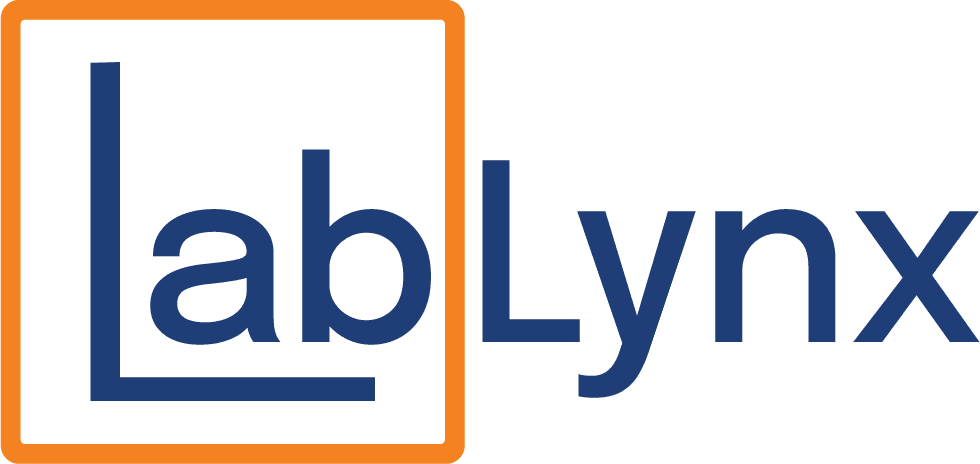
Laboratories generate and rely on enormous volumes of data—sample records, experimental notes, test results, inventory logs, and compliance documentation. Yet many labs still manage this critical information with outdated tools, from pen-and-paper records to scattered spreadsheets.
While these older methods may feel familiar, they introduce significant inefficiencies, errors, and compliance risks. Modern solutions like Laboratory Information Management Systems (LIMS) and Electronic Laboratory Notebooks (ELN) have emerged as far superior options, offering automation, security, and scalability that older systems cannot match.
This article explores the evolution from paper-based methods to spreadsheets, and ultimately to LIMS, ELN, or an integrated combination of both—highlighting why making this transition is essential for any lab seeking higher productivity, accuracy, and compliance.
1. The Paper-Based Laboratory: Familiar but Flawed
Why Labs Started Here
For decades, paper notebooks, printed forms, and binders were the default method for recording data. These tools require minimal upfront cost and are universally accessible.
The Downfalls of Paper-Based Systems:
- Limited Accessibility: Data is locked in physical form, accessible only in person.
- Prone to Errors: Handwriting mistakes, missing entries, and lost pages are common.
- Slow Data Retrieval: Finding historical records can take hours or days.
- Compliance Risks: Paper rarely meets modern audit trail requirements and can be easily altered without detection.
- Security Concerns: Physical documents are vulnerable to damage, theft, or misplacement.
Bottom line: Paper systems may be inexpensive initially but cost more in wasted time, lost data, and failed audits.
2. The Spreadsheet Era: A Step Up with Clear Limitations
Why Labs Moved to Spreadsheets
Tools like Excel and Google Sheets allowed labs to go digital without major investment, offering sorting, filtering, and basic formulas.
Benefits Over Paper:
- Digital storage and sharing.
- Basic calculations and data sorting.
- Familiar software with low learning curve.
The Downfalls of Spreadsheets:
- Version Control Issues: Multiple team members editing can cause data conflicts.
- Data Entry Errors: No automatic validation means mistakes often go unnoticed.
- Scalability Limits: Large datasets slow performance and become unwieldy.
- Poor Compliance Support: No built-in audit trails, role-based access, or regulatory safeguards.
Bottom line: Spreadsheets are better than paper, but they cannot deliver the automation, traceability, and integration that modern labs require.
3. Enter LIMS: Centralized, Automated, and Compliance-Ready
A Laboratory Information Management System (LIMS) is purpose-built to manage lab workflows, data, and compliance. Unlike spreadsheets, LIMS provides a structured, secure, and fully traceable environment.
Key Advantages of LIMS:
- Centralized Data Management: One secure database for samples, results, inventory, and quality records.
- Automated Workflows: Reduces repetitive data entry and manual tracking.
- Regulatory Compliance: Built-in audit trails, access control, and data integrity safeguards for ISO 17025, GLP, FDA, 21 CFR Part 11, and other standards.
- Instrument Integration: Direct data capture from lab instruments.
- Scalability: Supports growth and adapts to complex multi-site operations.
4. Enter ELN: Digital Notebooks for Modern Research
An Electronic Laboratory Notebook (ELN) is designed to replace paper lab notebooks, enabling scientists to record, store, and search experimental notes digitally.
Key Advantages of ELN:
- Searchable and Organized Notes: Quickly locate past experiments and associated files.
- Collaboration Tools: Share protocols and results with team members in real time.
- Data Security: Time-stamped entries, access controls, and backups protect intellectual property.
- Multimedia Support: Embed images, videos, and instrument data directly into entries.
- Integration with LIMS: Link experimental notes with sample tracking, QC, and analytical results.
5. LIMS vs. ELN vs. Both: Choosing the Right Solution
While LIMS and ELN serve different core purposes, they complement each other exceptionally well:
- LIMS excels at managing structured data, workflows, and compliance records.
- ELN excels at capturing unstructured research notes, protocols, and observations.
- Integrated LIMS + ELN offers a single ecosystem that unifies operational data and research documentation for maximum efficiency and compliance.
For labs with both regulated workflows and research activities, using both ensures no information gap between operational data and experimental records.
6. The Superiority of LIMS and ELN Over Paper and Spreadsheets
When compared to paper and spreadsheets, LIMS and ELN deliver:
Centralized Data
- Paper: No
- Spreadsheet: Partial
- LIMS: Yes
- ELN: Yes
- LIMS + ELN: Yes
Automated Workflows
- Paper: No
- Spreadsheet: Limited
- LIMS: Yes
- ELN: Yes
- LIMS + ELN: Yes
Regulatory Compliance
- Paper: Poor
- Spreadsheet: Limited
- LIMS: Excellent
- ELN: Good
- LIMS + ELN: Excellent
Audit Trails
- Paper: No
- Spreadsheet: No
- LIMS: Yes
- ELN: Yes
- LIMS + ELN: Yes
Scalability
- Paper: Poor
- Spreadsheet: Limited
- LIMS: Excellent
- ELN: Excellent
- LIMS + ELN: Excellent
Collaboration
- Paper: Poor
- Spreadsheet: Limited
- LIMS: Excellent
- ELN: Excellent
- LIMS + ELN: Excellent
Instrument Integration
- Paper: No
- Spreadsheet: Rare
- LIMS: Yes
- ELN: Yes
- LIMS + ELN: Yes
The verdict: LIMS and ELN are not just incremental upgrades—they are transformative systems that eliminate the inefficiencies and risks of outdated methods.
When enhanced with AI integration, these platforms reach an even higher level of capability, enabling predictive analytics, automated decision-making, and intelligent process optimization. LabLynx offers LIMS and ELN solutions with built-in AI integration, helping laboratories not only manage their data but also extract actionable insights that drive innovation and efficiency.
7. Planning Your Transition to LIMS, ELN, or Both
- Assess Current Gaps: Identify compliance risks, inefficiencies, and data bottlenecks.
- Define Objectives: Determine whether you need structured workflow management, research documentation, or both.
- Plan Data Migration: Establish a secure and accurate process for importing legacy data.
- Engage Staff Early: Train users to maximize adoption and ROI.
- Choose the Right Partner: Select a provider with proven LIMS and ELN integration experience.
Conclusion: Modern Lab Success Depends on Modern Systems
The journey from paper to spreadsheets to LIMS, ELN, or both is more than just a technology upgrade—it’s a strategic move toward higher efficiency, accuracy, and compliance readiness.
Labs that invest in modern data management systems can expect faster workflows, fewer errors, stronger regulatory compliance, and more informed decision-making. In today’s data-driven science and industry landscape, LIMS and ELN are not optional—they are essential.
Accelerate Your Lab's Success & Experience LabLynx
"*" indicates required fields
Explore the LabLynx Suites

LIMS Suite
Seamless Sample and Workflow Management
The LabLynx LIMS Suite empowers laboratories with the tools needed to manage samples, workflows, compliance, and more in one centralized system. It’s the backbone for labs seeking efficient, reliable, and scalable management solutions.

ELN Suite
The LabLynx ELN Suite offers a modern approach to managing lab data and experiments. With its secure, intuitive platform, your team can record, store, and collaborate effortlessly, supporting innovation every step of the way.

Lab Automation
Automate for Efficiency and Growth
Streamline operations and boost productivity with the LabLynx Lab Automation Suite. Designed for labs ready to embrace advanced automation, this suite integrates systems, instruments, and workflows to deliver efficiency at scale.

